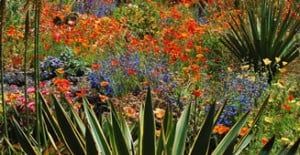
A Year in a Pacific Northwest Chaparral Garden
For stunning visual proof that life in a Pacific Northwest chaparral garden is far more than a summertime show take a walk with us through

For stunning visual proof that life in a Pacific Northwest chaparral garden is far more than a summertime show take a walk with us through
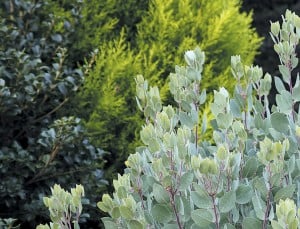
We have been cultivating a wide variety of shrubby manzanitas at our nursery in Oregon’s Willamette Valley, and have been delighted to see them capture the imagination of Northwest gardeners. Once thought of as finicky in our region, it turns out that many, including those native to California, are ideally adapted to our naturally dry summers, and are surprisingly tolerant of winter cold as well.
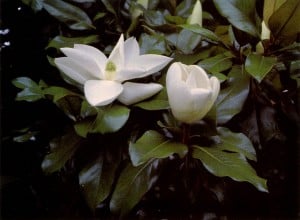
The cultivated landscape of the Pacific Northwest draws on many borrowed ideas, most of which have come from the northerly latitudes and colder climates. Even though snow is headline news west of the Cascades and our winter color is green, something about our rugged coniferous backdrop seems to call for the ambience of northern Europe, New England, or even the prairies of the Midwest. The occasional bad freeze lends the weight of logic to the widespread feeling that plants from warmer climates do not belong here.
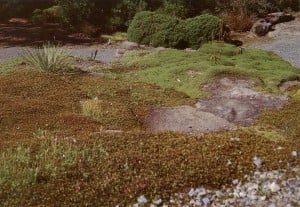
The reputation of the Pacific Northwest as a bastion of conifer, Japanese maple, and rhododendron culture has obscured the accomplishments of numerous innovative horticulturists throughout the region’s history. Perhaps the best tribute to their accomplishments is that, today, a new generation of innovators in the Northwest have made it a Mecca for plant enthusiasts, and have led to a tremendous increase in the range of plants now cultivated.
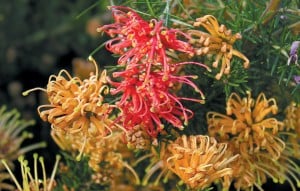
Native shrubs from Down Under, grevilleas are proving to be cold hardy and adaptable to the maritime Pacific Northwest. Drought-tolerant and carefree, they provide months of color with exotic flowers that are attractive to hummingbirds and gardeners alike.
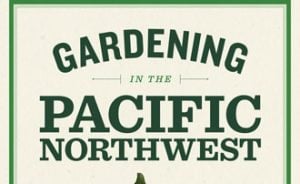
Authors Paul Bonine and Amy Campion tackled an ambitious topic in their new book—largely because there’s very little that can’t be grown in this oh-so-hospitable far northwest corner of the county.
Should I buy this for my home library? This is the toughest question I can ask about a book, as I have a library of
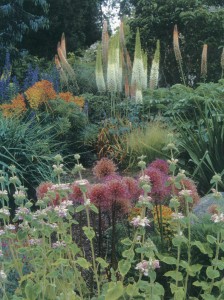
We have always been fascinated with the Mediterranean—its culture, its art, its many languages, and, most of all, its plants. We even bought an abandoned village house in the mountains of Crete and, a few years ago, joined the Mediterranean Garden Society. Now we operate a greenhouse/nursery called Mesogeo (Greek for Mediterranean) and grow mediterranean-climate plants and hardy tropicals suited to the Pacific Northwest.
The Olmsted name is synonymous with landscape architecture and planned green spaces. Frederick Law Olmsted Sr was largely responsible for the development of the profession